Fuji Apple Tree
- October 3, 2023
- 0 comment
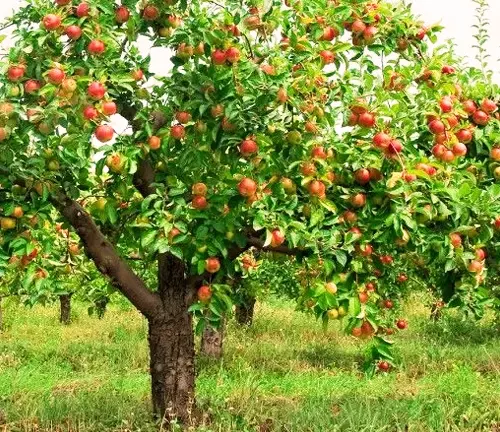
The Fuji apple tree, scientifically known as Malus domestica ‘Fuji’, is a popular and widely cultivated fruit tree renowned for its sweet and crisp apples. Originating from Japan, the Fuji apple variety is a result of a crossbreeding between two American apple varieties, the Red Delicious and Ralls Janet. The tree itself is known for its moderate size, making it suitable for both commercial orchards and home gardens. Fuji apples, characterized by their striking red and yellow skin, boast a delightful combination of sweetness and juiciness. Their flesh is dense and creamy, offering a satisfying crunch with each bite.
When it comes to the apples themselves, Fuji is highly regarded for its exceptional taste and texture. The fruit is typically medium to large in size, showcasing a bold red flush over a yellow-green background. The skin is often dotted with lenticels, contributing to its attractive appearance. The flesh is dense, crisp, and exceptionally sweet, with a subtle tartness that adds complexity to its flavor profile. This makes Fuji apples a favorite for fresh consumption, salads, and desserts, as well as for producing high-quality apple juice and cider.
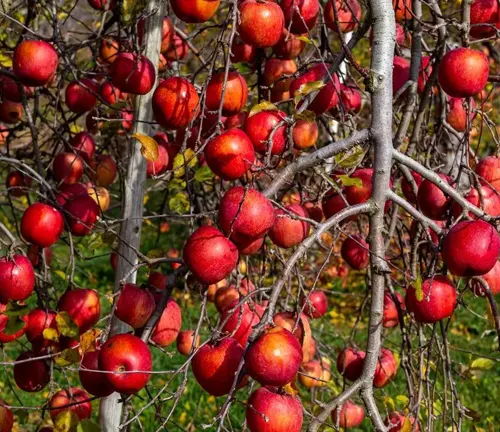
Whether you’re an avid gardener or a commercial orchardist, the Fuji apple tree is valued not only for its delectable fruits but also for its overall hardiness, making it a rewarding and visually appealing addition to any landscape. Its ability to thrive in diverse climates, coupled with the outstanding quality of its apples, ensures its continued popularity among those who appreciate both the practical and aesthetic aspects of fruit cultivation.
| Characteristic | Description |
| Scientific Name | Malus domestica ‘Fuji’ |
| Origin | Japan |
| Parentage | Cross between Red Delicious and Ralls Janet |
| Foliage | Dark green, turning red and gold in the fall |
| Climate Adaptability | Thrives in both warm and cool regions |
| Soil Requirements | Well-drained |
| Sunlight Requirements | Full sun |
| Pruning | Regular pruning for tree health and productivity |
| Bloom Time | Late spring, fragrant pink and white blossoms |
| Harvest Time | Fall |
A Brief History
The Fuji apple tree is a testament to the artistry of horticulture, it has a captivating history rooted in Japan. Born from the union of the Red Delicious and Ralls Janet apple varieties, this hybrid marvel, scientifically known as Malus domestica ‘Fuji,’ emerged in the late 1930s. Initially cultivated on the slopes of Japan’s iconic Mount Fuji, it quickly gained global recognition for its exceptional taste and aesthetic appeal.
Color/Appearance
Nature’s palette comes alive in the Fuji apple tree, where vibrant hues adorn each fruit. A bold red flush dances over a canvas of yellow-green, creating a visual masterpiece that beckons with promises of sweetness. The play of colors intensifies as the leaves transform from dark green to a spectacular tapestry of red and gold in the fall, turning any orchard into a picturesque autumn haven.
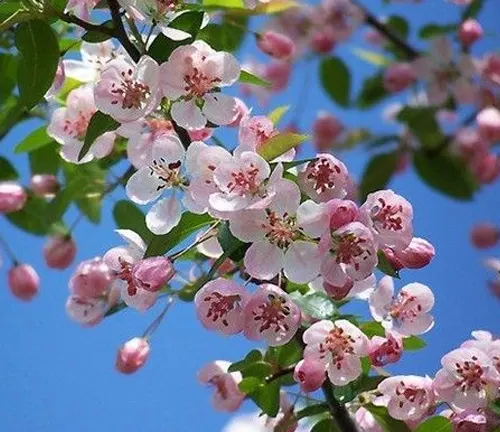
Life Cycle
The life cycle of the Fuji apple tree is a rhythmic dance with the seasons. In late spring, fragrant blossoms burst forth, painting the branches with hues of pink and white. As summer matures, the fruit takes shape, growing from small orbs to medium to large apples. Come fall, the branches bow under the weight of a bountiful harvest, marking the culmination of a year-long journey from bloom to fruition.
Adaptability and Resilience
The Fuji apple tree stands as a testament to adaptability and resilience. Thriving in both warm and cool climates, it boldly adapts to a variety of environmental conditions. This resilience makes it a preferred choice for orchards globally, ensuring that its sweet offerings grace tables from temperate regions to those with harsher climates.
Ecological Importance
Beyond its orchard home, the Fuji apple tree holds ecological significance. Its blossoms provide nourishment for pollinators, contributing to biodiversity. The fallen leaves decompose, enriching the soil. This symbiotic dance with nature elevates the Fuji apple tree beyond its role as a fruit bearer to that of an ecological contributor.
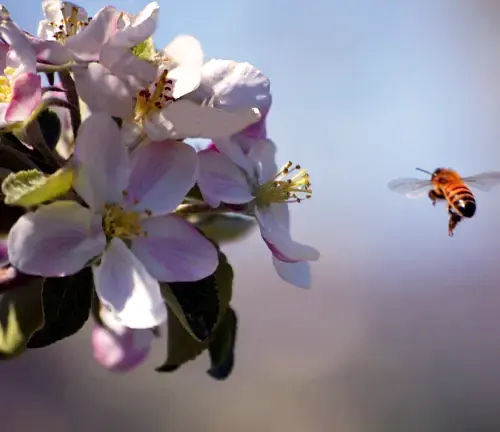
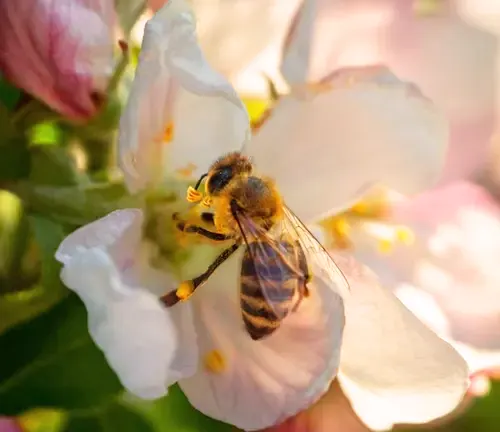
Culinary Applications
The Fuji apple’s appeal extends beyond the orchard, making a grand entrance into kitchens and dining tables. Its dense, crisp flesh and harmonious sweet-tart flavor profile make it a culinary favorite. From fresh snacking to starring in salads and desserts, the Fuji apple’s versatility in the kitchen is a testament to its delectable nature.


Wood Products and Applications

Beyond its fruits, the Fuji apple tree’s wood finds purpose in various applications. While not as widely used as some hardwood counterparts, it offers fine-grained and subtly colored wood. Craftsmen appreciate its unique qualities, utilizing it for small wooden items and specialty projects.

Cultivation and Care
Cultivating the Fuji apple tree requires a careful blend of art and science. Well-drained soil, ample sunlight, and regular pruning dance together to ensure a healthy and productive tree. From orchard enthusiasts to backyard gardeners, the Fuji apple tree rewards those who provide the nurturing it deserves.
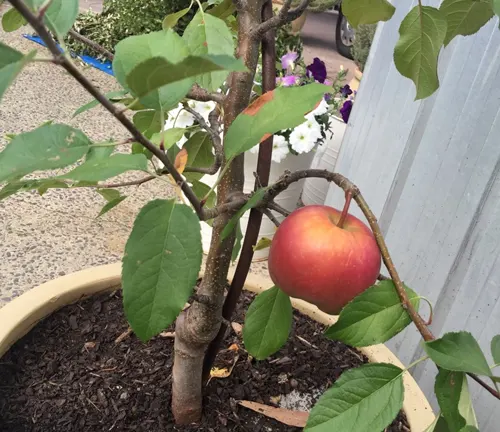
Benefits
The benefits of cultivating the Fuji apple tree extend far beyond its delicious fruits. It contributes to the visual allure of landscapes, supports pollinators, enriches soil health, and provides a source of sustainable wood. Its adaptability ensures that the joy of growing and savoring Fuji apples transcends geographic boundaries, making it a truly global delight.

In the grand narrative of orchards and gardens, the Fuji apple tree emerges not only as a bearer of sweet harvests but as a symbol of nature’s resilience, culinary inspiration, and ecological harmony. As its branches sway with the changing seasons, the Fuji apple tree weaves its story into the tapestry of our lives.
Frequently Asked Questions (FAQs)
- Can I Grow Fuji Apples in a Container or Small Space?
Fuji apple trees are moderately sized and can be grown in containers or smaller spaces, making them suitable for urban gardens or patios. However, proper care, including regular pruning and adequate sunlight, is crucial for container-grown Fuji apple trees to thrive. - What Sets Fuji Apples Apart from Other Varieties in Terms of Taste?
The Fuji apple is renowned for its exceptional sweet and crisp taste. The unique combination of sugars and acidity gives Fuji apples a distinct flavor profile. The extended growing season, allowing the apples to stay on the tree longer, contributes to their exceptional sweetness. - Do Fuji Apple Trees Require Cross-Pollination for Fruit Production?
While Fuji apple trees are partially self-pollinating, meaning they can produce some fruit without a pollination partner, cross-pollination with another apple variety can enhance fruit set and yield. Planting a compatible apple tree nearby can improve overall pollination and increase harvest. - How Should I Prune a Fuji Apple Tree for Optimal Growth and Fruit Production?
Pruning plays a crucial role in the health and productivity of Fuji apple trees. Regularly remove dead or diseased branches, and thin out crowded areas to improve air circulation. Pruning in late winter or early spring, before the tree breaks dormancy, is generally recommended for Fuji apples. - Are Fuji Apples Susceptible to Specific Pests or Diseases?
While Fuji apple trees are relatively hardy, they can be susceptible to common apple tree pests such as aphids, mites, and codling moths. Additionally, diseases like apple scab and powdery mildew may affect them. Implementing proper pest management practices and regular inspections can help prevent and address these issues.


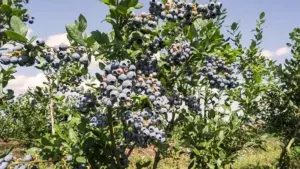

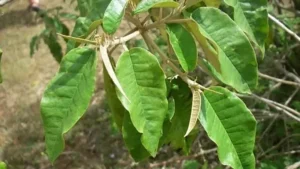
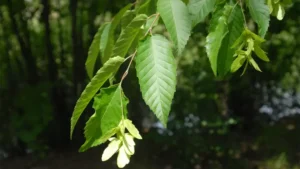
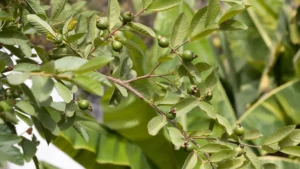
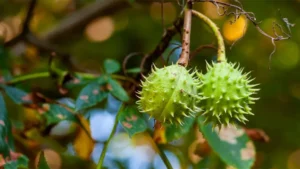
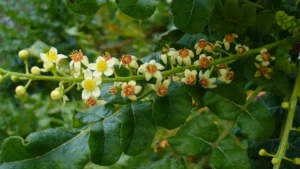
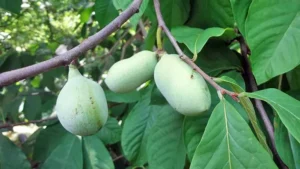
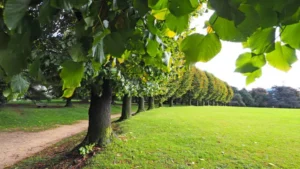
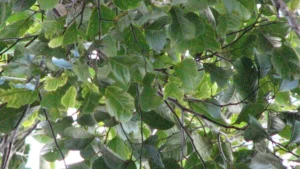
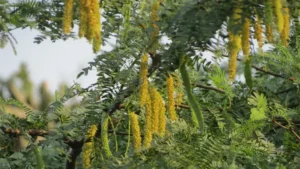
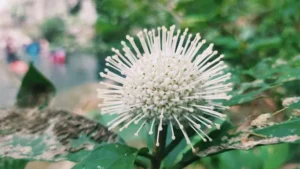
Leave your comment